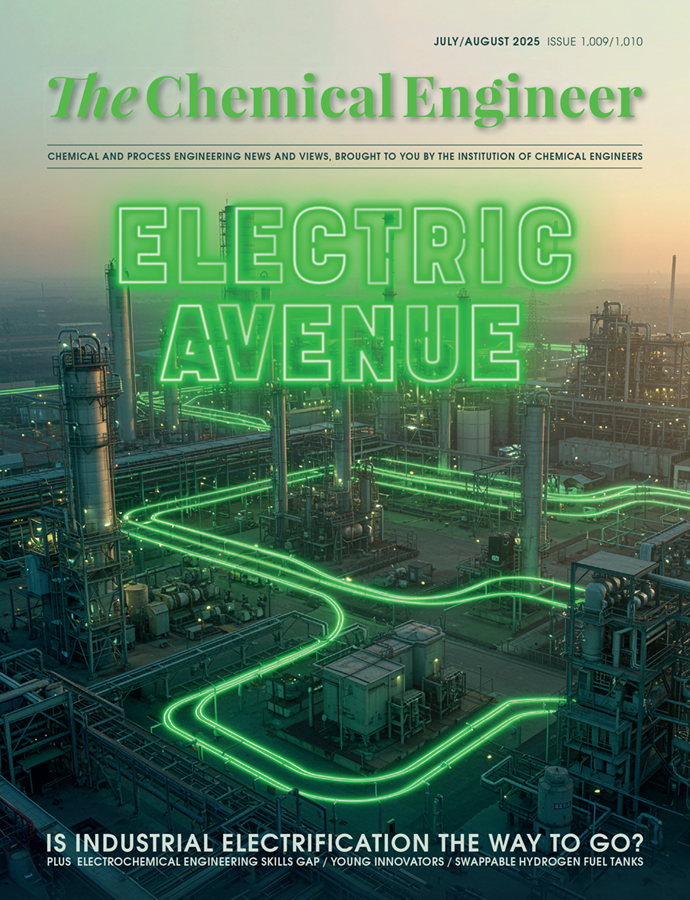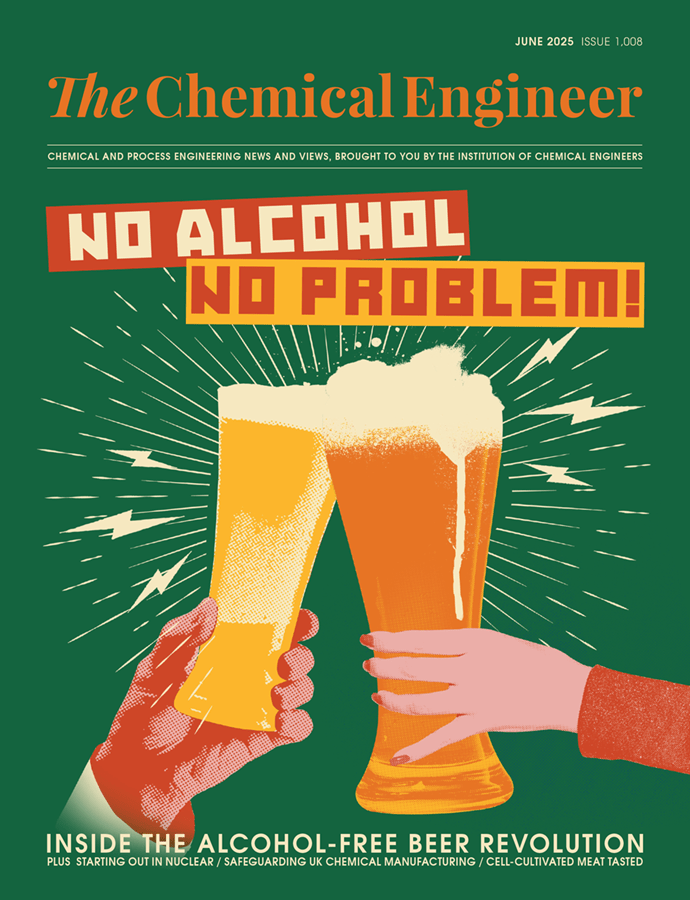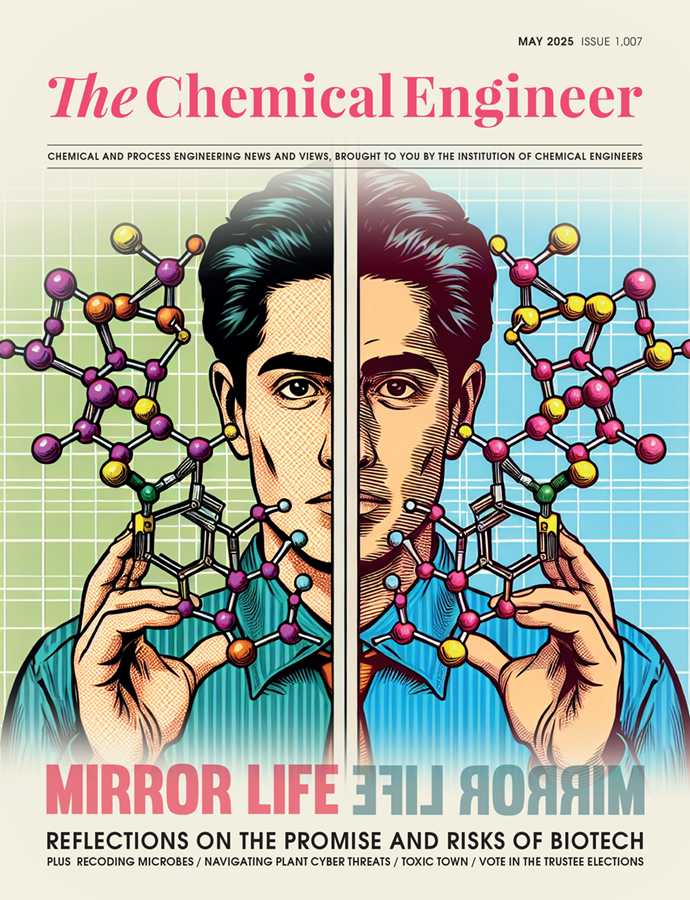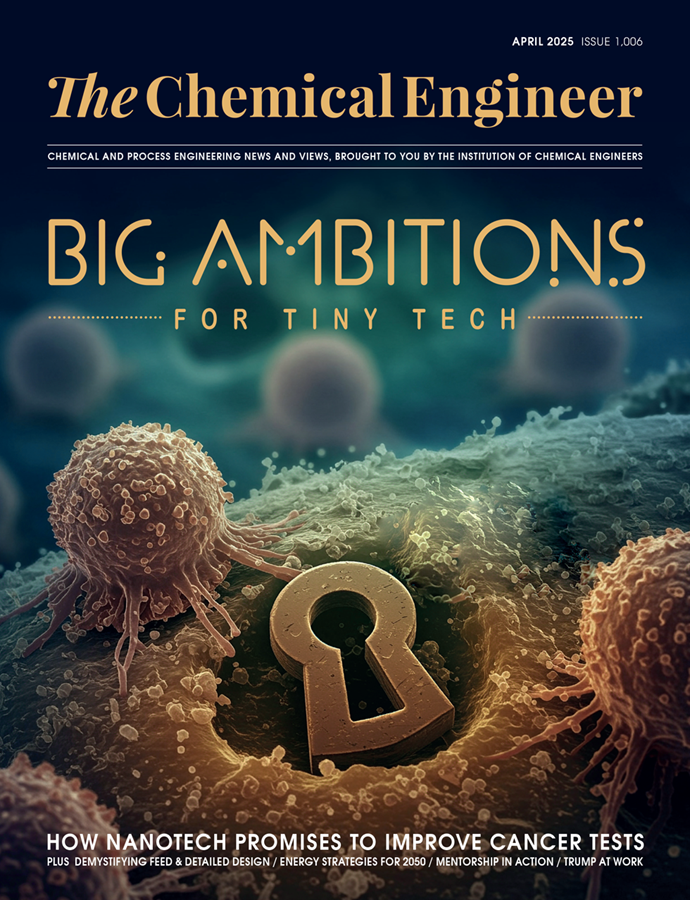Novel modelling technology enhances safety predictions for underground nuclear waste storage
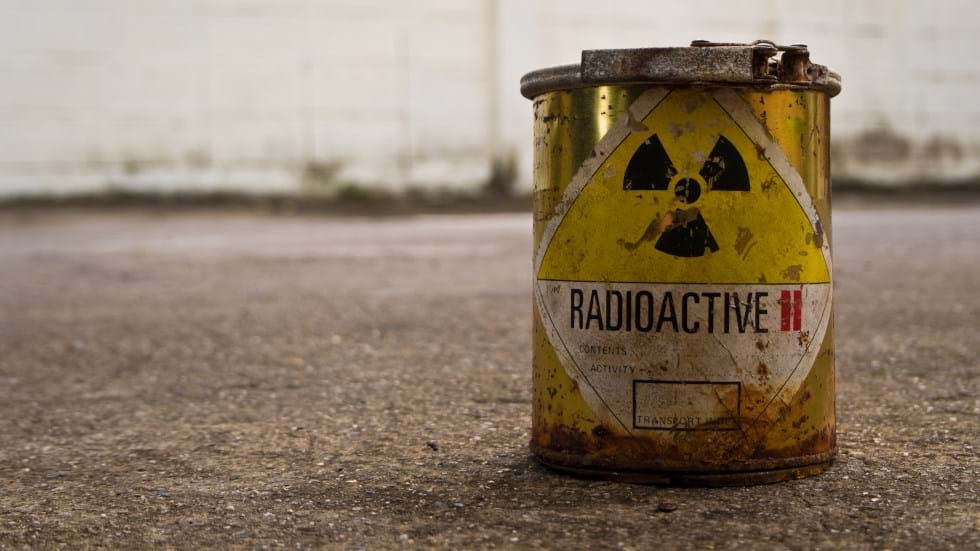
SIMULATIVE modelling technology has been used by researchers at the Massachusetts Institute of Technology (MIT) to study how radioactive nuclear waste can be stored safely underground.
In collaboration with researchers from the US’s Lawrence Berkeley National Lab (LBNL) and the University of Orléans in France, the team applied the use of a predictive modelling software called CrunchODiTi to simulate how nuclear waste behaves and moves in both natural and engineered repositories.
CrunchODiTi was developed by Christophe Tournassat, a professor from the University of Orléans, and Carl Steefel, a senior scientist from LNBL, and is based on a CrunchFlow code originally developed by Steefel.
The research for this study was carried out by Tournassat, Steefel, MIT assistant professor Haruko Wainwright, and MIT PhD candidate Dauren Sarsenbayev.
The research builds on the developing work of the Mont Terri Project based in Switzerland, an international research effort looking into the characterisation, specifically the permeability and diffusivity, of a clay formation called Opalinus Clay.
Wainwright said: “This research – coupling both computation and experiments – is important to improve our confidence in waste disposal safety assessments.”
Expanding research
Extensive work has been done in the Mont Terri project since 1995, with the MIT study specifically looking at the project’s 13-year cement-clay interaction-diffusion (CI-D) experiment. CrunchODiTi adds another characterisation layer into the research by including the electrostatic effects on clay formations.
Electrostatic interaction refers to the forces between charged particles, with this research examining its effects on negatively charged clay minerals within waste repositories.
To test the accuracy of the simulation software, the researchers used a borehole at Mont Terri to inject radiotracers – such as uncharged tritiated water (HTO) and an isotopolog of the chloride anion – into the cement barrier embedded within the Opalinus Clay.
The researchers focused on a centimetre-thick zone between the radiotracer and the cement-clay, called the skin, and compared its effects to the data provided by the simulation software.
Computational alignment
The researchers successfully predicted the impact of radioactive waste in clay formations, as well as the interaction between different types of materials in this environment over time.
Sarsenbayev said: “It’s interesting how fine-scale phenomena at the ‘skin’ between cement and clay, the physical and chemical properties of which changes over time, could be used to reconcile the experimental and simulation data.”
The researchers say the software could now replace older models used for safety and performance assessments, offering more data to decide what type of material would be most appropriate to transport nuclear waste in a specific geological repositories.
Sarsenbayev added: “These models allow us to see the fate of radionuclides over millennia. We can use them to understand interactions at timespans that vary from months to years to many millions of years.”
The team hopes its research will give policymakers and the public greater insight into the future of nuclear waste disposal.
Recent Editions
Catch up on the latest news, views and jobs from The Chemical Engineer. Below are the four latest issues. View a wider selection of the archive from within the Magazine section of this site.

